Honeydew
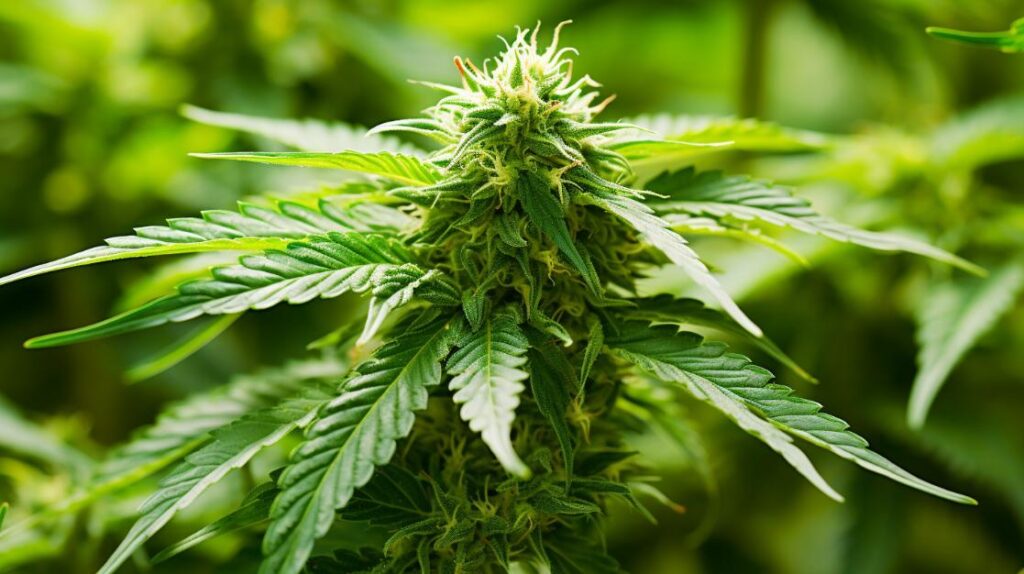
The Honeydew weed strain, with its sativa-dominant genetics, offers a nuanced dialogue between recreational enjoyment and therapeutic potential. Characterized by its sweet melon and berry aroma, this strain not only captivates the senses but also provides a potent remedy for various ailments, including stress and anxiety. As we delve into the intricacies of Honeydew’s effects, both psychological and physical, it becomes imperative to ponder how it stands compared to its contemporaries regarding efficacy and experience. This prompts the query: What truly sets Honeydew apart in the crowded marketplace of cannabis strains?
Key Takeaways
- Honeydew is a sativa-dominant hybrid, primarily derived from Dirty Old SOG Super Silver Haze and Appalachia.
- Features a THC content of approximately 21% and a CBD level around 1%.
- Offers a terpene profile rich in sweet melon and fruity berry notes, including Myrcene and Limonene.
- Known for inducing hunger, enhancing mood, and increasing sociability, it is effective for stress and pain relief.
- It has a vibrant green appearance with orange hairs and frosty trichomes, flourishing in both indoor and outdoor settings.
Genetic Lineage
The Honeydew strain, a sativa-dominant hybrid, emerges from a carefully selected crossbreed of Dirty Old SOG Super Silver Haze and Appalachia, combining their distinct genetic traits to offer a unique cannabis experience. This genetic lineage thoroughly merges the robust, energetic sativa effects from Super Silver Haze with the soothing, earthy notes of Appalachia, creating a balanced yet mainly sativa profile. This blend endows Honeydew with a complex array of aromatics and a nuanced spectrum of effects that cater to both recreational users and medicinal consumers.
By exploring its genetic roots, the Dirty Old SOG Super Silver Haze imparts a vibrant, cerebral rush that invigorates the mind and stimulates creativity, thanks to its mainly sativa heritage. In contrast, Appalachia, with its balanced hybrid properties, contributes to the calming and euphoric sensations that temper the intense sativa effects, promoting sociability and a pleasant euphoria. These parental strains have been chosen not only for their complementary effects but also for their stable growth patterns and resilience, ensuring a robust cultivation cycle.
This careful selection and hybridization process articulates the commitment to producing a cannabis strain with tailored effects, flavor profiles, and therapeutic benefits, making Honeydew a standout in its category.
THC/CBD Content
Building on the understanding of Honeydew’s genetic makeup, it’s important to examine its THC and CBD content, which stands at approximately 21% and 1% respectively. This THC/CBD ratio highlights Honeydew as a strain with a balanced yet moderately potent profile, suitable for both recreational and medical use. The relatively high THC level is primarily responsible for its euphoric and uplifting effects, which users often seek for mood enhancement and stress relief.
Conversely, the CBD content, though modest, plays an essential role in modulating the psychoactive effects of THC. It introduces an element of relaxation, potentially easing anxiety and tension without leading to intense sedation. This balance makes Honeydew a versatile strain, appealing to those who appreciate a cerebral high without overwhelming tranquility.
From a medical perspective, understanding the THC/CBD content is crucial for patients and healthcare providers to gauge its suitability for various conditions. The therapeutic benefits of CBD, combined with the psychoactive properties of THC, can offer a synergistic effect, potentially aiding in the management of pain, inflammation, and other medical symptoms, while also providing psychological relief. This insightful look into its cannabinoid profile informs users and practitioners about the expected effects and therapeutic potential of the Honeydew strain.
Terpene Profile
Exploring the terpene profile of the Honeydew strain, it is characterized by a rich blend of sweet melon and fruity berry notes that define its unique aroma and flavor. Digging deeper into the nuances of its terpene composition, the primary constituents likely include Myrcene, which imparts a subtly earthy and herbal base. This foundational terpene is beautifully complemented by Limonene, known for its citrusy, mood-enhancing properties that brighten the aroma with hints of sweet citrus.
Additionally, the presence of Caryophyllene adds a spicy undertone that contrasts with the fruitiness, enhancing the complexity of the aroma. This spicy note is balanced by the sweet, floral presence of Linalool, which introduces a layer of floral freshness reminiscent of lavender and spring blossoms. The integration of these terpenes creates a symphony of scents that is both enticing and harmoniously balanced.
The aroma profile of Honeydew is particularly noted for evoking the freshness of freshly cut melon combined with a berry-like zest. This enticing blend not only enriches the sensory experience but also complements the strain’s appeal for use during creative endeavors or relaxed afternoons, making it a favorite among those who appreciate a flavorful and aromatic cannabis experience.
Effects
While the terpene profile of the Honeydew strain provides an enticing aroma, its effects on users are equally remarkable, including inducing feelings of hunger, giggliness, and arousal. When consumed, the strain appears to reveal a symphony of sensations that cater to enhancing mood and sociability. This makes it a popular choice among users looking to alleviate stress and anxiety through its light-hearted effects. Importantly, the strain’s ability to spark hunger can also make it a favorite among those who experience decreased appetite.
However, like all strains, Honeydew comes with its set of potential drawbacks. Some users report experiencing mild to moderate side effects such as paranoia, headaches, and the discomfort of dry mouth. Below is a detailed breakdown of these effects and side effects:
| Effects | Reported Incidences |
|---|---|
| Hunger | Common |
| Giggly | Often |
| Arousal | Frequently |
| Paranoia | Occasionally |
| Headaches | Rare |
| Dry mouth | Somewhat common |
Understanding these aspects can help users anticipate their experience with the Honeydew strain and manage any adverse effects effectively. As always, consulting a health professional before use is advisable, especially for individuals prone to anxiety or stress.
Medical Uses
The Honeydew weed strain is frequently utilized in medical settings for its effective stress relief properties and its potential to assist in pain management. Known for its calming effects, this cannabis strain helps mitigate both chronic and acute pain, making it a viable option for patients seeking an alternative to traditional painkillers. Its efficacy in reducing anxiety symptoms further enhances its therapeutic profile, offering a dual approach to managing conditions associated with psychological and physical discomfort.
Moreover, the Honeydew strain has proven beneficial for individuals struggling with insomnia. Its relaxing and euphoric effects not only soothe the mind but also facilitate a quicker shift to sleep, thereby improving overall sleep quality and duration. This aspect of the strain is particularly appreciated by those who prefer a natural remedy for sleep disturbances.
In addition to these benefits, Honeydew is noted for its ability to stimulate appetite. This makes it particularly valuable for patients undergoing treatments such as chemotherapy, where appetite loss is a common side effect. The increased appetite can help improve nutritional intake and enhance recovery processes. Available in various legal dispensaries, the accessibility of this strain allows for widespread use in managing these medical concerns efficiently.
Flavor and Aroma
Exploring the sensory aspects of the Honeydew weed strain, one finds a delightful flavor profile characterized by sweet melon, fruity berries, and subtle hints of hazy earthiness. The strain’s complex terpene profile enhances this combination, crafting a sensory experience that is both invigorating and intricate. Particularly notable is the way these flavors meld to create a symphony of taste that lingers pleasantly on the palate.
The aromatic and flavor nuances of Honeydew can be broken down as follows:
- Sweet Melon: The predominant note of sweet melon gives a juicy, invigorating burst that stimulates the senses, setting the stage for the strain’s playful fruitiness.
- Fruity Berries: Complementing the melon are layers of berry flavors that add depth and richness, evoking the taste of a ripe, mixed-berries basket.
- Flowery and Apricot Hints: Subtle floral undertones mingled with a whisper of apricot provide a complex bouquet that enhances the strain’s sweetness.
- Hazy Earthiness: Grounding the brighter notes, this element adds a rustic touch that balances the sweetness, giving the strain a well-rounded and immersive flavor profile.
This combination makes Honeydew ideal for those seeking a flavorful cannabis experience that’s both nuanced and vibrant.
Appearance
Moving beyond the sensory appeal, Honeydew’s appearance is equally captivating, with dense, chunky buds adorned in vibrant green hues and fiery orange hairs. The trichomes that coat these buds are not just for show; they play a significant role in the plant’s resin production, which is robust and visually striking. This frosty, sticky appearance not only catches the eye but also hints at the potency and quality of the strain, which people say helps with various health issues.
The leaves of the Honeydew strain may curl or twist in a way that adds to the overall visual complexity of the plant. This characteristic is often seen as a sign of a well-cultivated strain that could offer therapeutic benefits. The appearance of Honeydew is often described as eye-catching, making it a favorite among cannabis enthusiasts who appreciate beauty in their botanicals.
| Feature | Impact on Viewer |
|---|---|
| Vibrant green hues | Evokes freshness and vitality |
| Fiery orange hairs | Adds visual warmth and appeal |
| Frosty trichomes | Suggests high potency and quality |
| Curled or twisted leaves | Indicates unique cultivation |
Each aspect of Honeydew’s appearance not only contributes to its stunning visuals but also suggests its potential health benefits, making it a standout choice for users seeking both therapeutic and aesthetic value.
Grow Information
Honeydew strain’s cultivation flexibility allows it to thrive in both indoor and outdoor environments, making it a versatile choice for growers. This adaptability is essential for cultivators who may have varying space and environmental control capabilities. The grow information details provided emphasize the moderate difficulty level of cultivating Honeydew, which means that while it may not be the easiest strain to grow, it is accessible to those with some experience in cannabis cultivation.
Here are key considerations for growing the Honeydew strain:
-
Flowering Time: Honeydew typically requires about 8-9 weeks to flower. This period is critical for planning the grow cycle, especially in regions with shorter growing seasons.
-
Training Techniques: The strain responds exceptionally well to both trimming and various training methods. Techniques such as topping and low-stress training (LST) can be effectively used to increase yield and manage plant structure in confined spaces.
-
Yield: Growers can expect moderate to high yields from the Honeydew strain, depending on the care and conditions provided during the growth cycle.
-
Cultivation Difficulty: Classified as moderately challenging to grow, Honeydew requires some level of horticultural skill to achieve satisfactory results, particularly regarding humidity and light management in indoor cultivation settings.
These considerations make Honeydew a rewarding challenge for dedicated growers looking to maximize their output through meticulous care and strategic cultivation practices.
Adverse Effects
While the Honeydew strain offers a range of benefits, users should be mindful of its potential adverse effects, including paranoia, headaches, and dry mouth. These negative impacts are not uncommon and can vary in intensity among different users. It is important to take into account these potential downsides to fully understand and prepare for the experience that Honeydew may offer.
Paranoia, as reported by some users, manifests as an excessive and irrational distrust or suspicion, which can mar the otherwise pleasant effects of this strain. This psychological effect requires particular attention, especially for individuals who may be predisposed to anxiety or similar conditions. Consulting a professional before using cannabis, specifically the Honeydew strain, can help mitigate such risks by providing tailored advice based on one’s medical history and current health condition.
Headaches are another adverse effect noted by a subset of users. The onset of headaches may detract from the enjoyment and therapeutic potential, necessitating an understanding of one’s tolerance and reaction to this strain.
Dry mouth, commonly referred to as ‘cottonmouth,’ is frequently reported and can generally be managed with increased hydration. Awareness and proactive management of these adverse effects are essential for a safe and positive experience with the Honeydew cannabis strain.
Comparisons with Similar Strains
In comparison to similar strains like Super Silver Haze, Appalachia, and Rose Petal, Honeydew distinguishes itself with a sativa-dominant genetic composition that emphasizes its unique flavor and effect profiles. While each of these strains shares a common lineage that influences their overall impact on users, specific characteristics set Honeydew apart.
-
Genetic Composition: Honeydew features a 70% sativa and 30% indica blend, offering a more sativa-heavy experience compared to Appalachia’s more balanced hybrid nature. This results in a more energized and creative high, ideal for daytime use.
-
Flavor Profile: Honeydew’s flavor is distinctly marked by sweet and fruity melon notes, complemented by subtle hints of hazy flowers and fresh berries. This complex bouquet provides a more nuanced tasting experience than the sharper, sometimes more monolithic citrus notes of strains like Super Silver Haze.
-
Effects on Users: Strains with similar effects often promote creativity and sociability; however, Honeydew’s euphoric uplift is particularly conducive to social interactions and creative endeavors, making it a preferred choice for social gatherings and artistic activities.
-
Ideal Usage: Best suited for daytime activities, Honeydew’s users often favor it for outdoor experiences or social settings, unlike some similar strains which might be more versatile in their application across different times of the day.
Research and Studies
Recent studies focusing on the Honeydew weed strain have quantified its THC concentration at approximately 21% and its CBD levels at around 1%. This quantitative analysis confirms the strain’s robust psychoactive potential while maintaining a modest presence of CBD, which is often appreciated for its therapeutic benefits. Detailed chemical profiling like this guarantees that both recreational users and medical patients are well-informed about what they are consuming.
Further research highlights the Honeydew strain’s capacity to induce feelings of happiness, sociability, and creativity. These effects are particularly noted through structured surveys and feedback from real people who have experienced the strain firsthand. Such data is invaluable as it bridges the gap between clinical cannabinoid profiles and actual user experiences, providing a thorough understanding of the strain’s impact.
Moreover, anecdotal evidence collected from reviews of 27 professional users sheds light on its potential benefits in alleviating stress, anxiety, and depression. While these reports are subjective, they are essential for understanding how the strain functions in diverse scenarios. This user-reported evidence complements scientific studies, offering a more complete picture of Honeydew’s effects and helping guide future research directions in cannabis science.
History and Origin
How did the Honeydew weed strain come to be, with its unique genetic makeup and distinct flavor profile? The history and origin of this sativa-dominant hybrid are as intriguing as its effects. Formulated through a precise crossbreeding process, Honeydew emerged from the genetic lines of Dirty Old SOG Super Silver Haze and Appalachia strains. This combination was strategically chosen to enhance the strain’s sativa characteristics while introducing a complex flavor bouquet reminiscent of berries and fruits.
Here is a detailed breakdown of its development:
-
Genetic Selection: Breeders selected the Dirty Old SOG Super Silver Haze for its robust sativa properties and high THC potential, paired with Appalachia, known for its unique terpene profile and stress-relieving qualities.
-
Flavor Profile Engineering: The goal was to create a strain with a flavor that hints at fresh berries, ripe melons, and subtle woody undertones, achieving a balance that appeals to enthusiasts of fruity cannabis strains.
-
Cultivation Techniques: Advanced cultivation methods were employed to stabilize the hybrid and maintain consistent expression of desired traits such as THC content at 21% and CBD at 1%.
-
Effect Optimization: By refining the genetic makeup, breeders aimed to enhance the strain’s ability to induce creativity and sociability, making it popular among users seeking euphoric and uplifting effects.
This meticulous development process underscores the careful crafting behind the Honeydew weed strain, making it a favored choice for its unique characteristics and potent effects.
Frequently Asked Questions
What Strain Is Honeydew?
Honeydew is a sativa-dominant hybrid, blending Super Silver Haze and Appalachia. Its flavor profile features sweet melon, berries, and pine. Ideal growing conditions emphasize moderate climates to enhance its potent THC and creative effects.
Is Honeydew Boba Strain Indica or Sativa?
The Honeydew Boba strain is primarily sativa, characterized by a 70% sativa and 30% indica genetic composition. Its robust flavor profile features notes of melon, berries, and pine, thriving under specific growing conditions.
What Is the Rarest Strain of Weed?
The rarest strain of weed typically involves unique genetics preservation and faces significant cultivation challenges. These factors, combined with limited distribution, contribute to its scarcity in the market, attracting collectors and connoisseurs alike.
Is Electric Honeydew a Sativa or Indica?
Electric Honeydew is a sativa-dominant hybrid, emphasizing its genetic ancestry from Electric Haze and Honeydew strains. Cultivation techniques highlight its sweet, fruity profile, enhancing its uplifting, energizing effects ideal for creative endeavors.

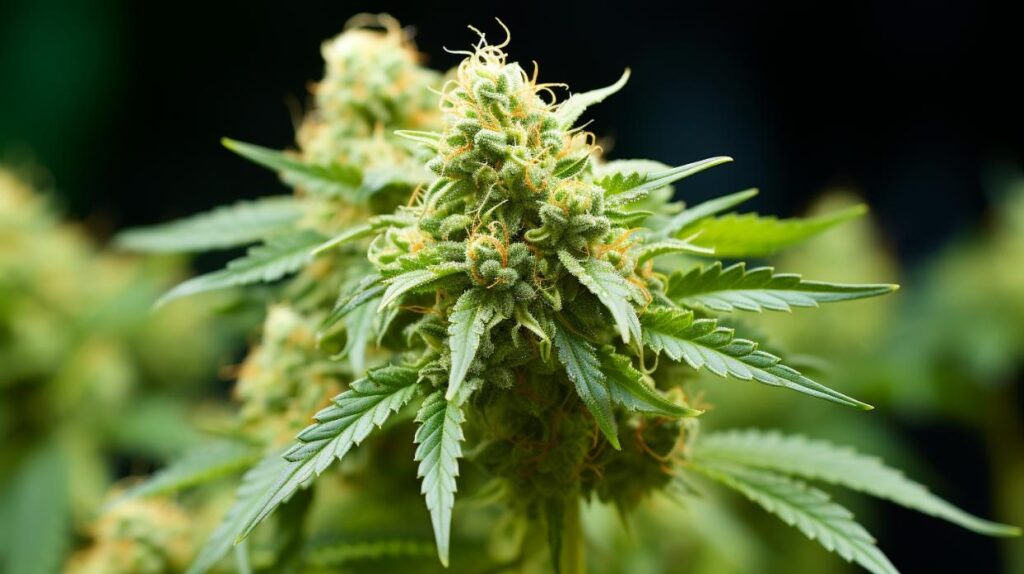
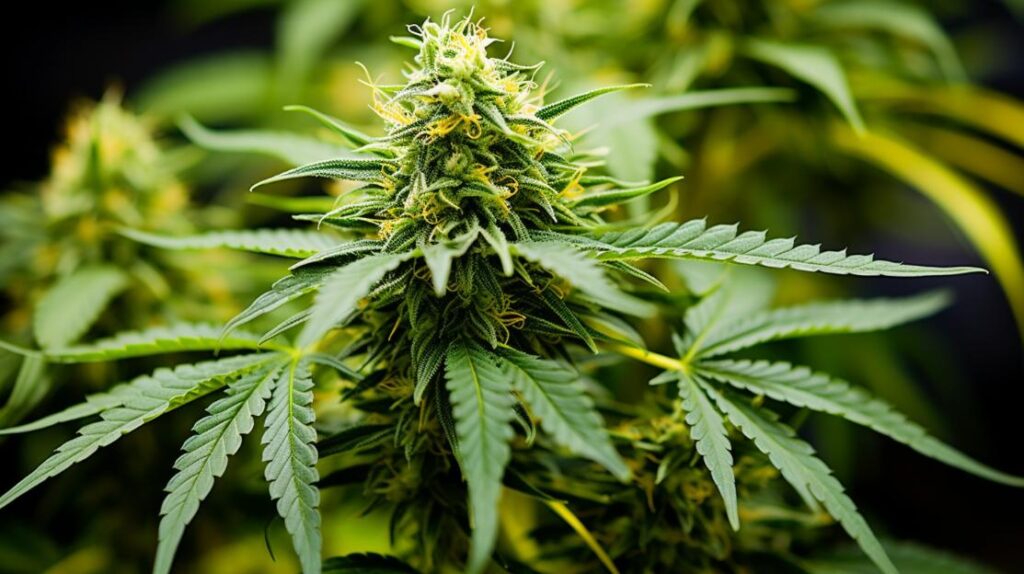
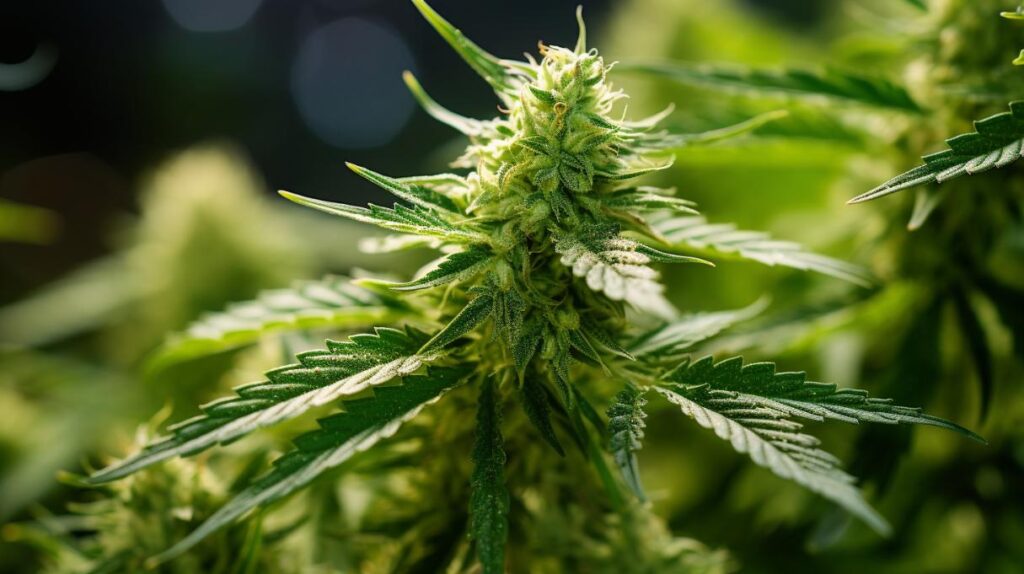
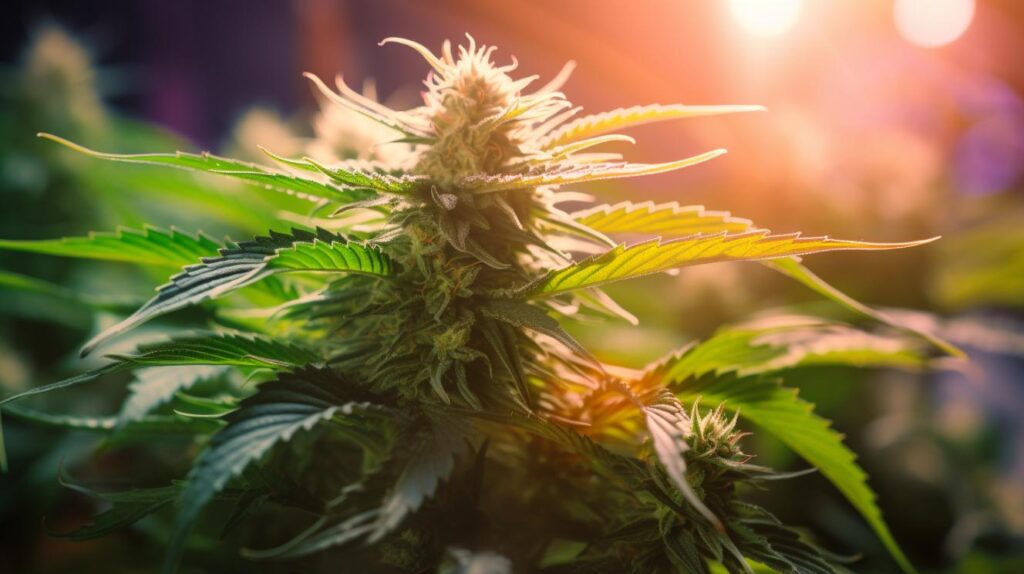

Responses